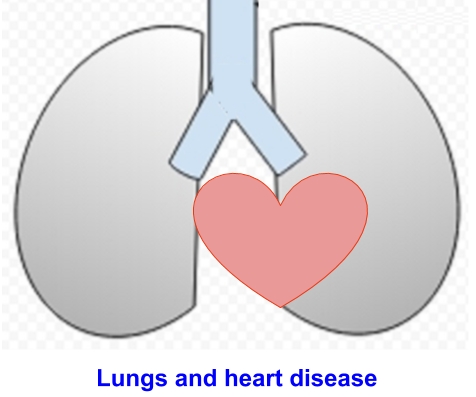Aerobic and Resistance Exercise Prevents Cardiac Atrophy During Prolonged Space Flight
Aerobic and Resistance Exercise Prevents Cardiac Atrophy During Prolonged Space Flight
Just as cardiac hypertrophy can occur with exercise training, cardiac atrophy can occur after sustained inactivity. Ventricular wall stress decreases in response to microgravity during space flight. A study published in the Journal of American College of Cardiology assessed whether current exercise counter measures on the International Space Station offset cardiac atrophy during prolonged space flight [1].
Mass and volume of both ventricles were assessed by magnetic resonance imaging, in 13 astronauts before and after an average 155 day stay aboard the International Space Station. Total cardiac work was assessed before the beginning of the mission and before the end of the mission. Exercise programs consisted of at least 1.5 hours of exercise six days a week, which included 30 – 45 minutes of aerobic training and 60 – 75 minutes of resistance training. The study documented that these exercise programs were effective in offsetting reductions in cardiac mass and volume, even though there was overall reduction in total cardiac work during prolonged space flight.
Reference
- Shigeki Shibata, Denis J. Wakeham, James D. Thomas, Shuaib M. Abdullah, Steven Platts, Michael W. Bungo, and Benjamin D. Levine. Cardiac Effects of Long-Duration Space Flight. J Am Coll Cardiol. 2023 Aug, 82 (8) 674–684.

